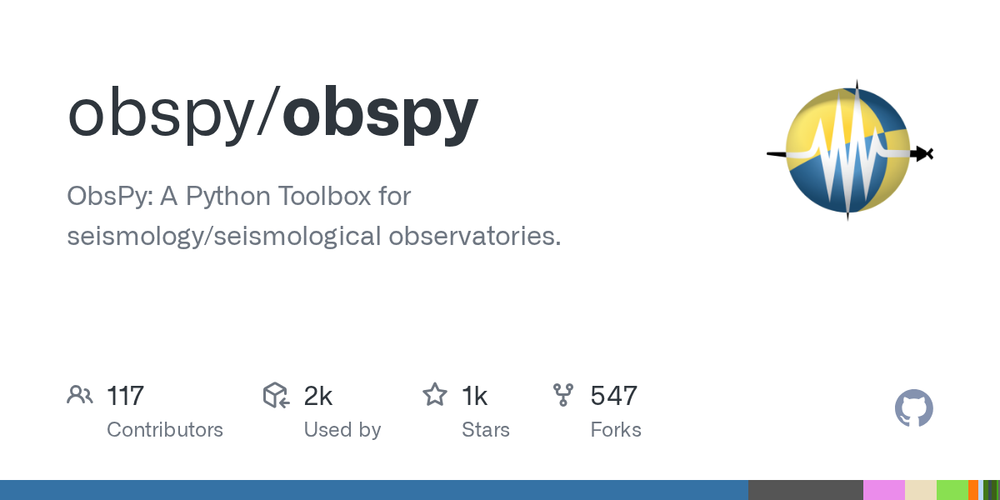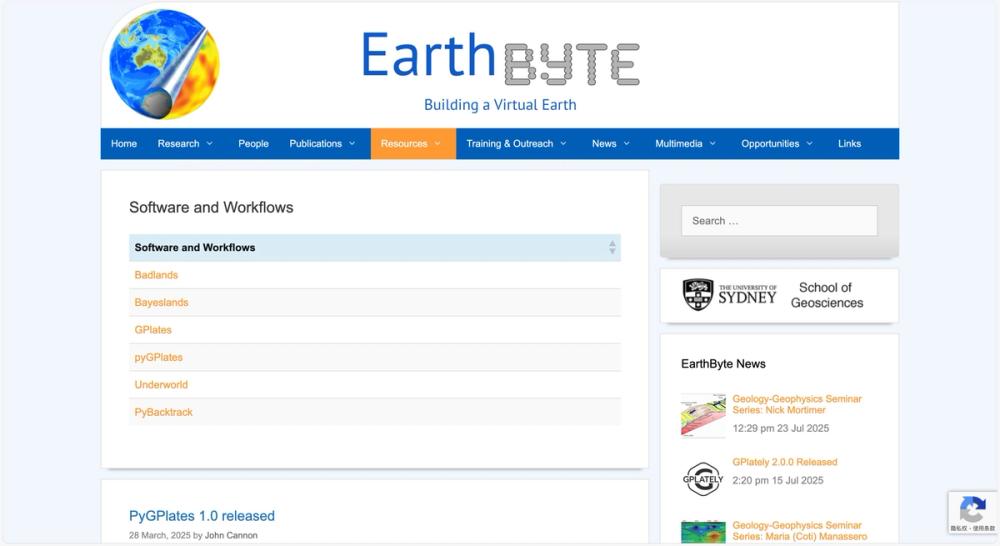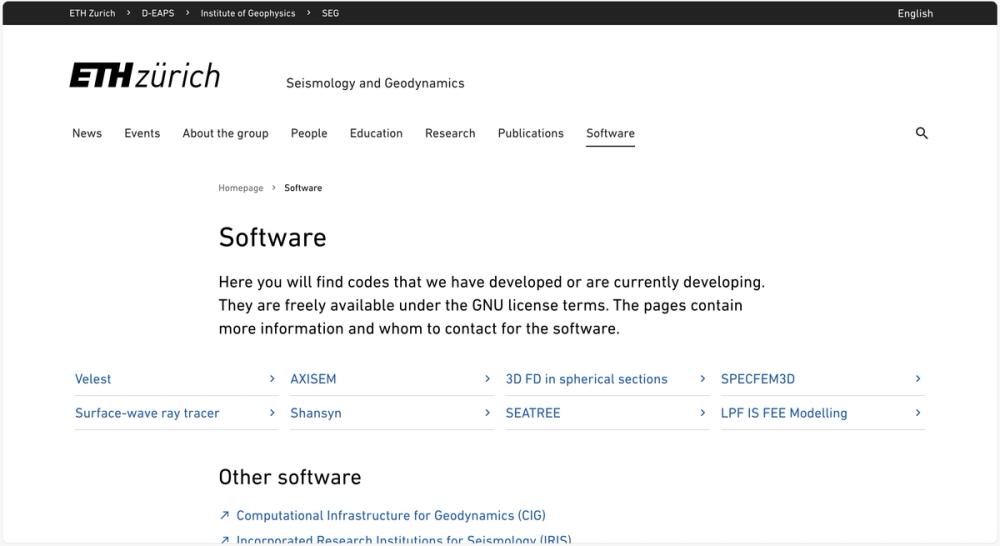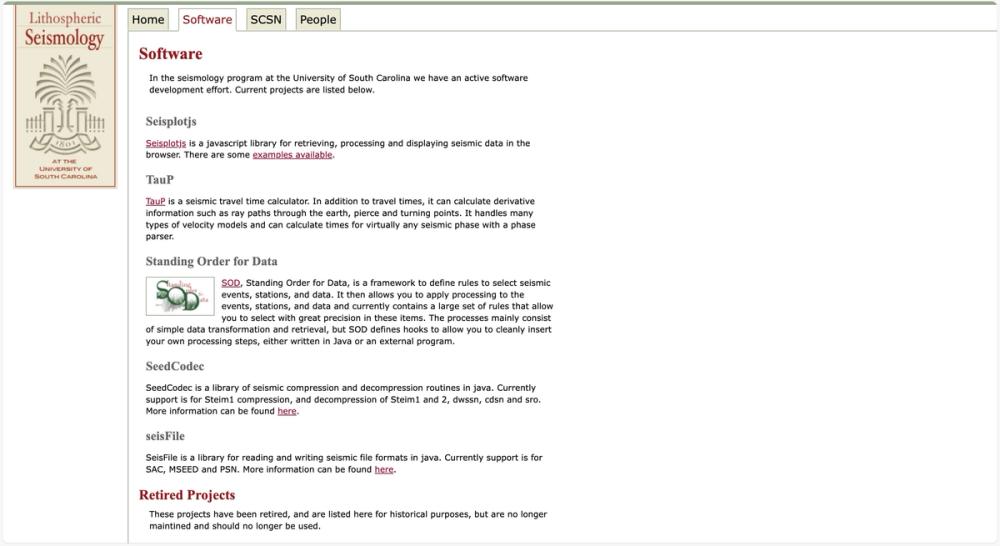ObsPy: Python Toolbox for Seismology
ObsPy is an open-source Python framework designed for processing and analyzing seismological data. It offers a comprehensive suite of tools for seismologists, including parsers for common file formats, clients to access data centers, and signal processing routines for manipulating seismological time series. The primary goal of ObsPy is to enable rapid application development in seismology, making it an essential tool for researchers and professionals in the field.
Key Features
- Data Parsing and Access: Supports reading and writing of various seismological data formats and provides clients to connect with major data centers.
- Signal Processing: Includes a wide range of routines for filtering, transforming, and analyzing seismic waveforms.
- Visualization: Offers built-in plotting capabilities for seismic data to aid in data interpretation.
- Cross-Platform Compatibility: Runs on Linux, Windows, and macOS, supporting Python 3.7 and above.
- Community and Documentation: Backed by a vibrant community with extensive documentation, tutorials, and a discourse forum for support.
Use Cases
- Academic Research: Used by seismologists for earthquake analysis, waveform modeling, and ambient noise studies.
- Observatory Operations: Facilitates data management and processing for seismological observatories.
- Educational Purposes: Provides a learning platform through tutorials and galleries for students in geophysics and seismology.
- Application Development: Serves as a foundation for building specialized tools like earthquake detection systems and velocity change monitoring software.
ObsPy stands out due to its integration with the Python ecosystem, allowing seamless use with other scientific libraries like NumPy and SciPy, and its active development supported by a global community of contributors.




